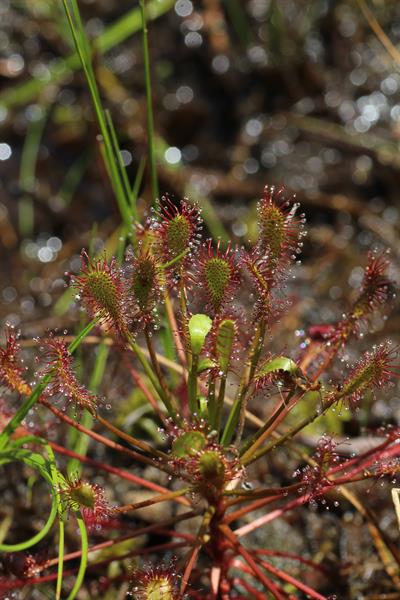
Origin/Endemic status: Native
Synonymy: = C, F, Fl4, FNA6, G, GW2, Il, K1, K3, K4, Mi, NE, NY, Pa, RAB, S, S13, Tat, Tn, Tx, Va, W, WH3, Schnell (2002b), Shinners (1962c), Wood (1960), Wynne (1944)
Wetland Indicator Status:
- Atlantic and Gulf Coastal Plain: OBL
- Eastern Mountains and Piedmont: OBL
- Great Plains: OBL
- Midwest: OBL
- Northcentral & Northeast: OBL
Heliophily: 8
Hover over a shape, letter, icon, or arrow on the map for definition or see the legend.
 © Bruce A. Sorrie | Original Image ⭷
© Bruce A. Sorrie | Original Image ⭷ © Gary P. Fleming | Original Image ⭷
© Gary P. Fleming | Original Image ⭷ © Floyd A. Griffith | Original Image ⭷
© Floyd A. Griffith | Original Image ⭷ © Erik Danielson source | Original Image ⭷
© Erik Danielson source | Original Image ⭷ © Floyd A. Griffith | Original Image ⭷
© Floyd A. Griffith | Original Image ⭷ © Scott Ward | Original Image ⭷
© Scott Ward | Original Image ⭷ © Scott Ward | Original Image ⭷
© Scott Ward | Original Image ⭷ © Scott Ward | Original Image ⭷
© Scott Ward | Original Image ⭷ © Scott Ward | Original Image ⭷
© Scott Ward | Original Image ⭷ © Radford, Ahles and Bell | Original Image ⭷
© Radford, Ahles and Bell | Original Image ⭷Feedback
See something wrong or missing on about Drosera intermedia? Let us know here: (Please include your name and email if at all complicated so we can clarify if needed.)
Cite as...